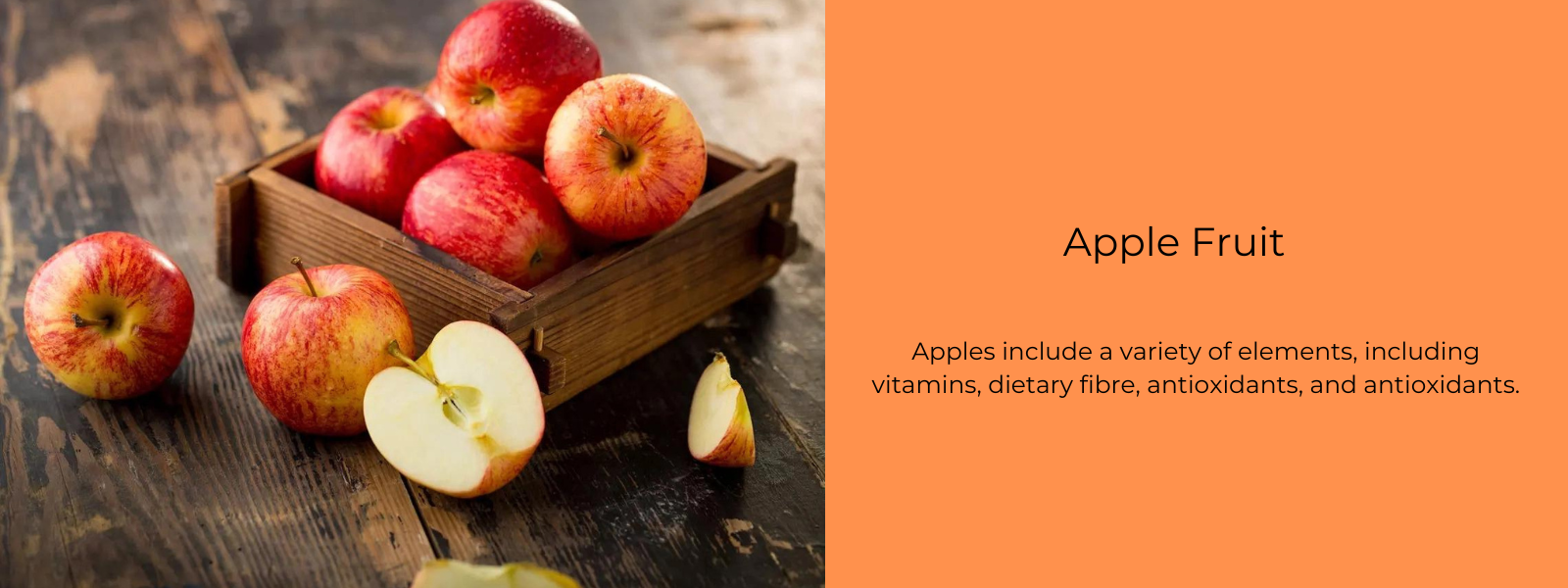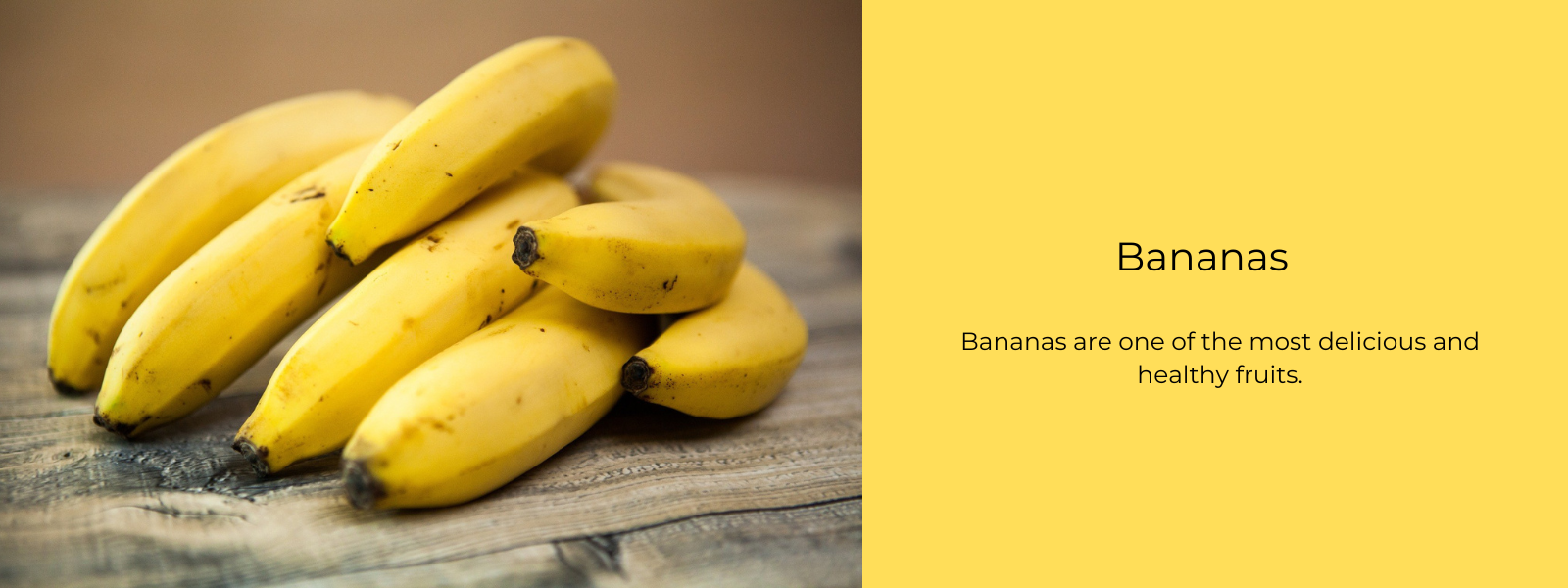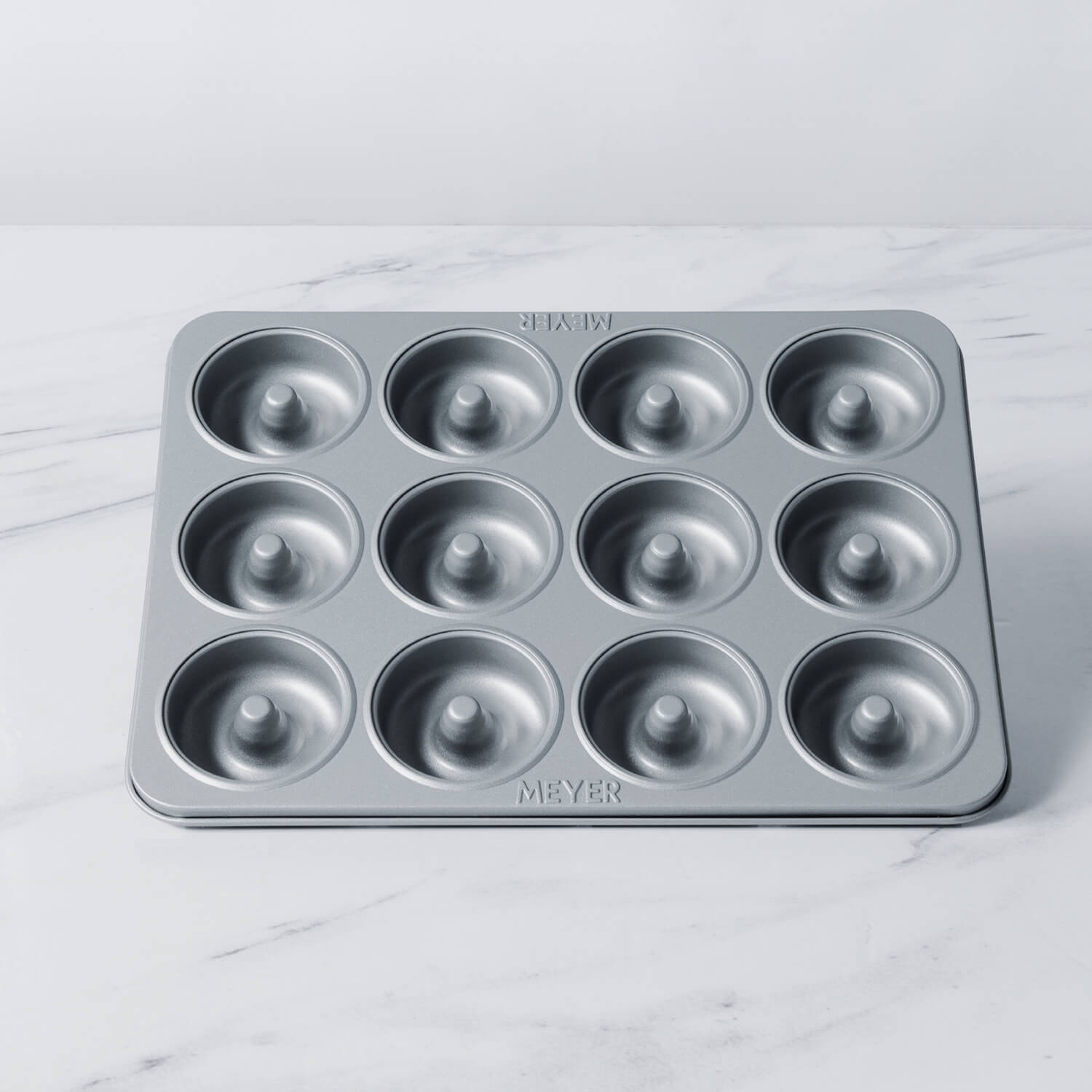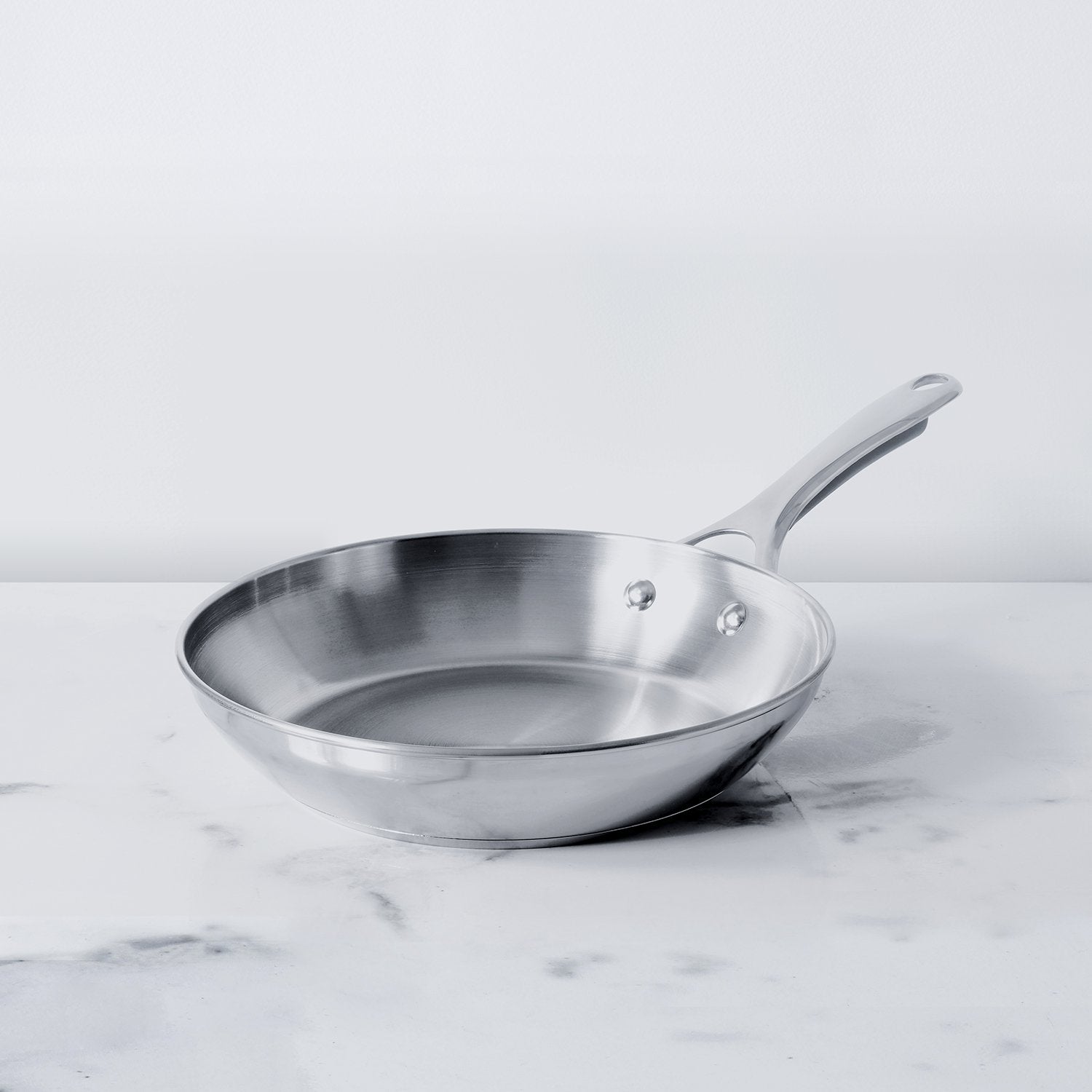A fruit that doesn't look great but is full of important nutrients"! Yes, we're talking about the bael fruit, or bilwa in Hindi. It is a fruit that grows on the bael tree. It is sweet and smells good. In India, Bael, which is also known as the Tree of Lord Shiva, is a holy place.
Bael, also called wood apple or Aegle marmelos, is a middle-sized tree with thin branches and pale brown bark that often leaks gum that can be eaten. It is also a very important medicinal plant that has been used for many years. The root, leaf, stem, fruit, and seeds of bael can all be used to treat different diseases. The unripe fruits are greenish-gray, and when they are ready to eat, the woody outside turns yellow.
Table of Contents
What is bael?
The wood apple, or Bael, is also called Bilva in Sanskrit, Bilva Pazham in Tamil, Bilva or Maredu Phalam in Telugu, and Bengal Quince. It is native to India, Malaysia, Thailand, Sri Lanka, and other Southeast Asian countries.
Aegle marmelos, which is the scientific name for bael, is a medium-sized tree with thin branches and pale brown bark that often leaks a gum that can be eaten. The leaves of bael are unusual in that they have three leaflets. This means that each leaf has between four and twelve pairs of side veins that meet at the edge.
The Bael fruit is round and hard on the outside, so it doesn't split open when it's ripe. When they are raw, the fruits have a greenish-gray colour, but when they are ripe, the woody outside turns yellow. When the fruit is ripe, it has an aromatic pulp with about 10 to 15 seeds in a sac made of natural glue.
Plant description:
The wood of the tree is yellow-white and hard, but it doesn't last long. The trees grow slowly and have strong spines and leaves with three leaflets that grow in pairs. The white flowers have a sweet smell and grow in clusters called panicles. Sometimes, the flowers are used to make perfumes. The fruit is pear-shaped or oblong and has a diameter of 2–10 inches (5–25 cm). It has a hard, woody, grey or yellow rind and a sweet, thick, orange-colored pulp.
Usually, the bael fruit is between 5 and 12 cm across. It is round or slightly pear-shaped and has a thick, hard rind. When it ripens, it doesn't split. The smooth, green, woody shell is grey until it is fully ripe, at which point it turns yellow. Inside are 8 to 15 or 20 sections filled with fragrant orange pulp. Each section has 6 to 10 flattened, oval seeds that are about 1 cm long, have woolly hairs, and are wrapped in a clear, sticky sack that hardens when it dries. The exact number of seeds varies from one book to the next. It takes about 11 months to ripen on the tree, and some of them are even bigger than a large grapefruit or pomelo. The shell is so hard that you need a hammer or machete to break it.
Nutritional value of bael:
Proteins
Dietary fibers
Fat
Vitamins – vitamin C, vitamin B-complex, beta carotene,
Minerals – potassium, magnesium, , calcium, zinc, copper, and iron
Religious significance of bael:
Hindu scriptures also have a lot to say about the Bael tree. People thought that Lord Maha Shiva liked this tree best. The Rig Veda made a special note of how good it was, and people also thought that Goddess Lakshmi lived there to bring wealth and prosperity. When people pray to Lord Shiva, they use bilva leaves and fruits a lot.
How to use bael fruit in daily diet?
If you want to eat these hard-skinned fruits every day, homemade bael sharbat is the best way to do it. On a hot day, this sherbet is popular in the Indian states of Odisha and West Bengal. It is a quick way to cool down and wake up.
Bael fruits don't split open even after getting ripened. Try to break the shell of a pale yellow, sweet-smelling fruit with something hard. To make this easy sherbat, just scoop out the pulp.
How to eat bael fruit?
You can eat the fruits right off the trees or after they have been dried and turned into candy, toffee, pulp powder, or nectar. If the juice is fresh, it is strained and sweetened to make something like lemonade. It can be turned into a drink called sharbat or Bela pana. In Odisha, fresh cheese, milk, water, fruit pulp, sugar, crushed black pepper, and ice are used to make Bela Pana. The pulp, water, sugar, and citron juice are mixed together, left to sit for a few hours, strained, and served over ice to make the drink bel pana. Five or six litres of sharbat can be made from a large bael fruit.
If the fruit is going to be dried, it is usually cut up and put out in the sun to dry. The hard pieces of leather are then put in water. People eat the leaves and small shoots in salads. Bael fruits are good for your diet, and the pulp of the fruit is used to make tasty foods like murabba, puddings, and juices.
Health benefits of bael
- Bael for Cholera and Diarrhoea: Bael has properties that kill bacteria and parasites, and it also has tannins, which help fight the infection called shigellosis, which causes diarrhoea and is used to treat cholera. Studies show that cholera and diarrhoea were cured in people who ate ripe Bael in the form of juice or just the pulp.
- Bael for Diabetes: The bark and branches of the bael tree contain a substance called "Feronia gum," which has been shown to help control diabetes. It controls how much insulin is released from cells into the blood, and the low glycemic index of bael keeps the blood sugar level steady.
People with diabetes have found it helpful to drink a glass of Bael juice every morning, but not on an empty stomach.
- Bael for Digestive Problems and Constipation: Because it is antibacterial and antifungal, bael is a good fruit for treating many digestive problems. People with stomach ulcers are told to use it because its leaves have a lot of tannin, which reduces inflammation. Bael's laxative properties help clean the intestines and keep people from getting constipated.
People with constipation have found that drinking Bael juice with a pinch of salt and pepper every day helps a lot.
- Bael for Scurvy: Scurvy is a disease that happens when your body doesn't have enough Vitamin C. It makes your arms and legs hurt and makes you feel weak. People with a lack of vitamin C are lucky that Bael is full of vitamin C because it helps them get better quickly.
- Bael for Earaches: This is one of the lesser-known benefits of Bael, but it is very important for getting good results. Bael's antibacterial properties help treat infections and get rid of hardened wax in the ear, which keeps hearing problems from happening.
- Bael for Skin Problems: Because Bael has antibacterial properties, it is very good at fighting skin infections, curing many skin disorders, and improving the health of the skin.
- Bael to Cleanse the Blood: Bael is also very important for lowering the amount of cholesterol in the blood. It can be used to treat problems with the heart, liver, and kidneys. Because it has a lot of potassium, it cleans the blood, gets rid of toxins, and boosts the body's immunity.
- Bael for the Heart: Since Bael is a natural antioxidant and a heart-protecting fruit, it has been found to be good for the heart and to help treat a wide range of heart problems. It not only makes the heart muscles stronger, but it also lowers the amount of cholesterol in the blood and stops lipids from building up. This lowers the risk of atherosclerosis, heart blocks, heart attacks, blood clots, etc.
- Bael for Respiratory Problems: Because it is anti-inflammatory, anti-bacterial, and anti-asthmatic, bael is a very important medicine for treating cold, cough, and flu symptoms. It also thins and loosens rheum deposits in the chest and nose, making it easier to breathe and helping the body get rid of mucus. It can also help treat bronchitis and asthma.
- Bael for Hair: Bael has been a blessing for hair growth since ancient times, and it's also good for your health as a whole. Because the plant is anti-microbial, it can treat infections of the scalp and hair, such as folliculitis, itching, and dandruff. It gives the hair follicles the nutrients they need, increases blood flow, and makes the hair stronger from the roots up. By making the stress hormone come out at a normal rate, it also stops hair loss and breakage caused by stress and anxiety.
- Bael for Breastfeeding: If you take bael or any of its different forms every day, it helps your body make more prolactin and corticoids. This causes galactagogue action, which improves lactation and the quality of breast milk. This is very good for the children because breast milk is the best food for them and helps their immune systems get stronger.
To improve galactagogue action, eat bael juice with dry ginger powder and a pinch of jaggery.











Leave a comment